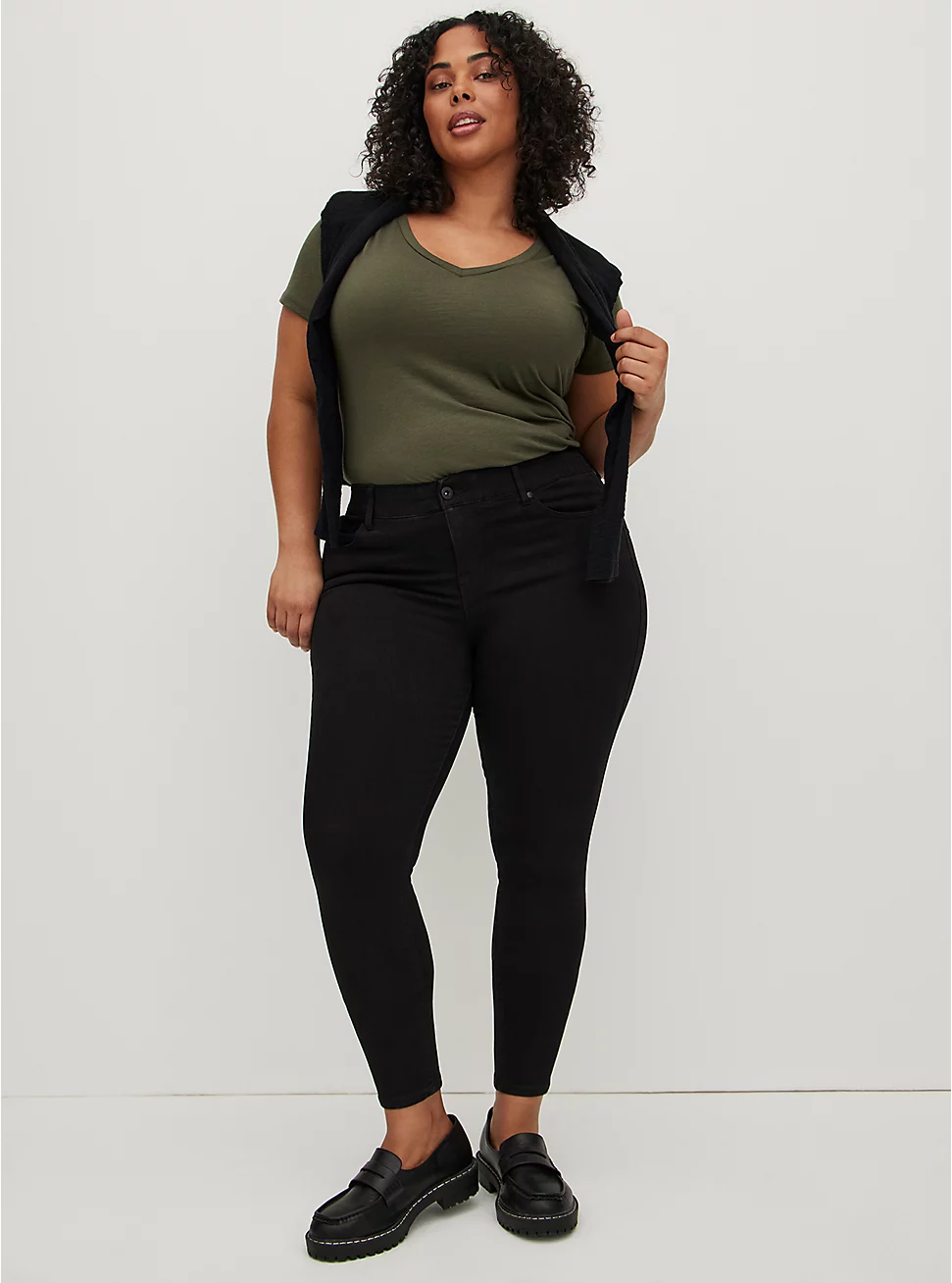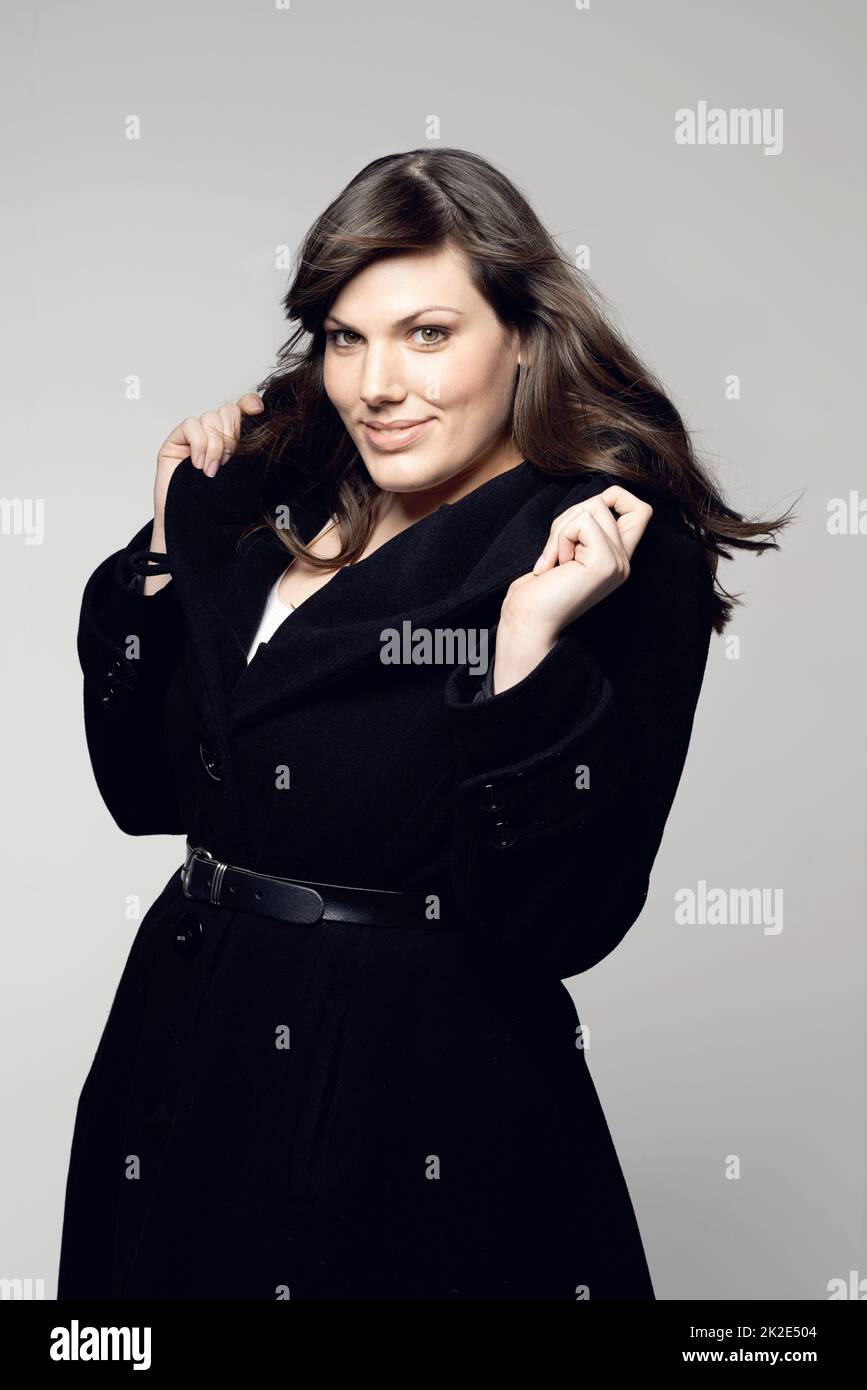What size is a plus size model? This is a question that has sparked curiosity and debate in the fashion industry for years. The concept of plus-size modeling has evolved significantly, breaking traditional boundaries and redefining beauty standards. As more diverse body types gain recognition, understanding the size range and the unique journey of plus-size models becomes increasingly important.
Today, the fashion world is embracing inclusivity more than ever. Brands are recognizing the importance of representing all body types, and plus-size models are at the forefront of this movement. Their presence challenges outdated stereotypes and promotes self-acceptance for individuals who may have felt excluded from the fashion narrative.
However, the term "plus size" can be confusing for many. With varying definitions across different regions and brands, it's essential to delve deeper into what it truly means to be a plus-size model. In this article, we will explore the size range, industry standards, and the impact of plus-size modeling on the fashion world, ensuring you leave with a comprehensive understanding of this vital topic.
Read also:Jessica Simpson And Tom Brady The Untold Story Of Their Connection
Table of Contents
- Defining Plus Size: What Does it Mean?
- What Size is a Plus Size Model?
- Industry Standards for Plus-Size Models
- A Brief History of Plus-Size Modeling
- Famous Plus-Size Models Shaping the Industry
- Breaking Stereotypes in Fashion
- Challenges Faced by Plus-Size Models
- The Impact of Plus-Size Modeling on Society
- How to Start a Career as a Plus-Size Model
- Conclusion: Celebrating Diversity in Fashion
Defining Plus Size: What Does it Mean?
The term "plus size" refers to clothing sizes that are larger than the standard range offered by most fashion brands. While the exact definition may vary depending on the region and brand, the core idea revolves around inclusivity and representation of larger body types. Historically, the fashion industry has been dominated by ultra-thin models, leaving many individuals feeling unrepresented.
In recent years, the push for diversity has led to a reevaluation of these standards. Plus-size models are now celebrated for their unique beauty and ability to challenge conventional norms. By understanding what "plus size" means, we can better appreciate the evolution of fashion and its role in promoting body positivity.
Breaking Stereotypes in Fashion
For decades, the fashion industry perpetuated the myth that beauty is limited to a specific body type. However, plus-size models have played a pivotal role in breaking these stereotypes. They have shown the world that beauty comes in all shapes and sizes, and their influence extends beyond the runway, impacting societal perceptions of self-worth and acceptance.
By challenging outdated ideals, plus-size models encourage individuals to embrace their bodies and celebrate their uniqueness. This shift in mindset is crucial in fostering a more inclusive and accepting world.
What Size is a Plus Size Model?
One of the most common questions surrounding plus-size modeling is, "What size is a plus size model?" While there is no universal standard, the general consensus is that plus-size models typically fall within the size range of 10 to 24 (US sizing). However, this range can vary depending on the brand or country.
For instance, in the UK, plus-size models may range from size 14 to 26, while in Europe, the sizes might be slightly different due to varying sizing systems. It's essential to note that the concept of "plus size" is not rigid and continues to evolve as the industry becomes more inclusive.
Read also:Black Hair With White Highlights A Bold And Stylish Look
Challenges Faced by Plus-Size Models
Despite the progress made in recent years, plus-size models still face numerous challenges in the fashion industry. Discrimination, limited opportunities, and societal stigma remain significant obstacles. Many plus-size models have to work harder to gain recognition and secure contracts with top brands.
- Limited casting opportunities in high-profile fashion shows
- Pressure to conform to traditional beauty standards
- Difficulty finding suitable clothing for photoshoots and runway shows
- Dealing with negative comments and body shaming
While these challenges are real, many plus-size models continue to push forward, using their platforms to advocate for change and inspire others.
Industry Standards for Plus-Size Models
The fashion industry has specific standards for models, including height, weight, and measurements. For plus-size models, these standards are slightly different but equally important. Typically, plus-size models are expected to meet the following criteria:
- Height: 5'9" (175 cm) or taller
- Waist: 29 inches (74 cm) or larger
- Hips: 39 inches (99 cm) or larger
These measurements can vary depending on the agency or brand, but they provide a general guideline for aspiring plus-size models. It's important to note that these standards are not set in stone and continue to evolve as the industry becomes more inclusive.
The Impact of Plus-Size Modeling on Society
The rise of plus-size modeling has had a profound impact on society, challenging outdated perceptions of beauty and promoting self-acceptance. By showcasing diverse body types, the fashion industry is helping individuals feel more confident and represented. This shift has led to increased demand for inclusive sizing and representation in media.
Plus-size models have also played a crucial role in advocating for body positivity and mental health awareness. Their influence extends beyond the runway, inspiring people worldwide to embrace their uniqueness and celebrate their individuality.
A Brief History of Plus-Size Modeling
The history of plus-size modeling dates back to the early 20th century when the fashion industry began to recognize the need for larger-sized garments. However, it wasn't until the 1990s that plus-size models gained significant attention, thanks to pioneers like Emme and Bethann Hardison. These trailblazers paved the way for future generations, proving that beauty is not limited to a specific size or shape.
Today, the plus-size modeling industry has grown exponentially, with brands like Savage X Fenty and Fenty Beauty leading the charge in promoting inclusivity. The evolution of this movement reflects a broader societal shift towards embracing diversity and celebrating all body types.
How to Start a Career as a Plus-Size Model
If you're interested in pursuing a career as a plus-size model, there are several steps you can take to get started. First, research modeling agencies that specialize in plus-size talent and submit your portfolio for consideration. Building a strong online presence through social media platforms like Instagram can also help you gain exposure and attract potential clients.
- Create a professional portfolio showcasing your best looks
- Network with industry professionals and attend casting calls
- Stay active on social media to build a following and showcase your personality
- Invest in quality headshots and promotional materials
Remember, perseverance and self-confidence are key to succeeding in the competitive world of modeling.
Famous Plus-Size Models Shaping the Industry
Several plus-size models have made significant contributions to the fashion industry, using their platforms to advocate for inclusivity and diversity. Some of the most notable names include:
- Ashley Graham: A trailblazer in the plus-size modeling world, Ashley Graham has graced the covers of major magazines and walked the runway for top designers.
- Marquita Pring: Known for her striking looks and powerful presence, Marquita Pring has become a symbol of body positivity and self-acceptance.
- Paloma Elsesser: With her unique style and captivating presence, Paloma Elsesser has broken barriers and inspired countless individuals to embrace their bodies.
These models, among others, continue to shape the industry and promote a more inclusive vision of beauty.
Conclusion: Celebrating Diversity in Fashion
In conclusion, the question "What size is a plus size model?" is more than just a matter of numbers. It represents a movement towards inclusivity, diversity, and self-acceptance in the fashion industry. By understanding the size range, industry standards, and the impact of plus-size modeling, we can appreciate the progress made and the work still to be done.
We invite you to join the conversation and celebrate the beauty of all body types. Leave a comment below sharing your thoughts on the evolution of plus-size modeling, and don't forget to share this article with your friends and family. Together, we can continue to push for a more inclusive and accepting world.
Data Source: Fashionista, Vogue, Refinery29



